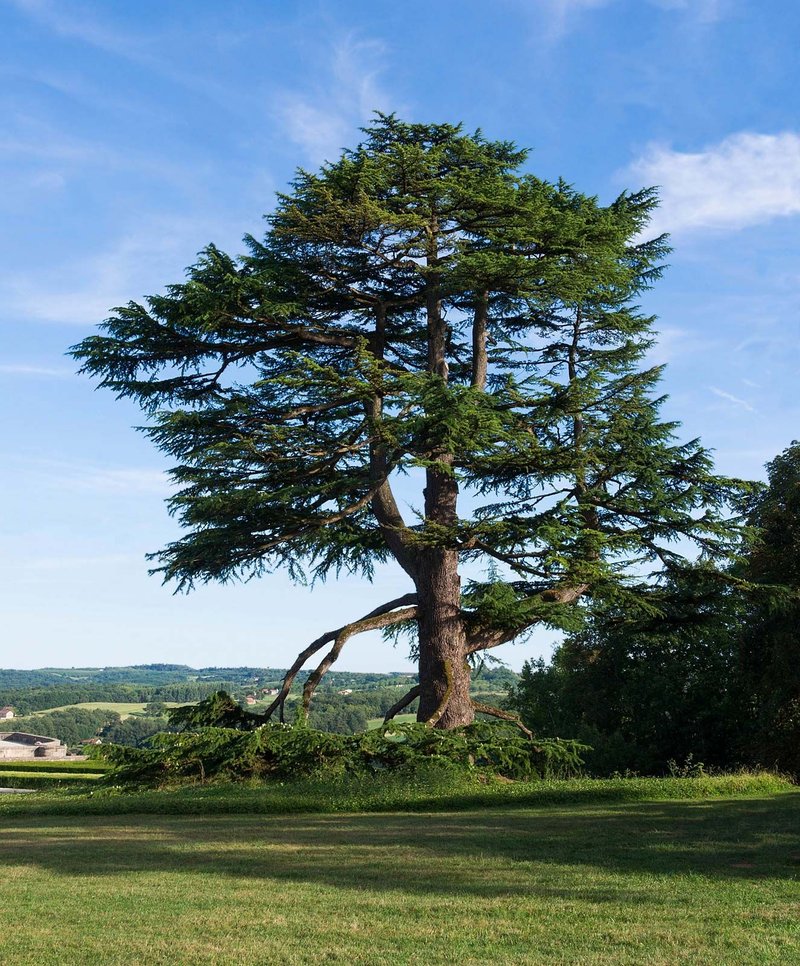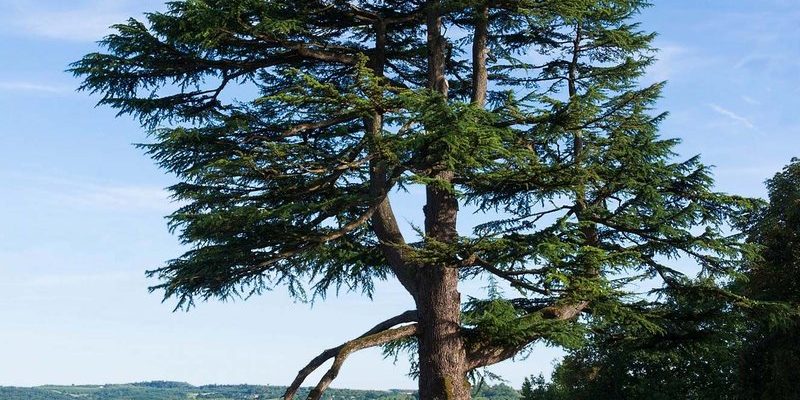
From ancient mythologies to modern-day cartoons, tree squirrels have found their way into our cultural consciousness. They embody everything from cleverness and agility to themes of preparation and resourcefulness. So, grab a cup of coffee, and let’s jump into the fascinating representation of tree squirrels in culture and folklore. You might just find that these small animals have a much larger story to tell!
The Squirrel in Native American Mythology
One of the most interesting cultural representations of tree squirrels comes from Native American mythology. In many tribes, squirrels are seen as symbols of playfulness, but they also represent the importance of preparation and gathering. For example, some stories depict the squirrel as a trickster who must outsmart larger animals to survive. This aligns with the broader trickster archetype found in many Native American cultures.
In these tales, the tree squirrel often teaches lessons about hard work and foresight. Think about it: they spend the summer collecting nuts and seeds to stock up for the winter. This behavior translates into a metaphor for being ready for life’s changing seasons. They remind us to prepare for the future while still enjoying the present.
Squirrels in European Folklore
Moving across the ocean, we find that tree squirrels also have a place in European folklore. In countries like Germany and England, they’re often associated with good fortune. For instance, if a squirrel crosses your path, it’s thought to bring luck and positive changes. This belief likely stems from their agile movements and ability to thrive in various environments.
You may have come across the story of *The Nutcracker*, where a squirrel-like character plays a crucial role in bringing joy and magic to the holiday season. This shows how squirrels can represent not only good luck but also joy, fun, and the beauty of whimsy in everyday life.
Squirrels as Symbols of Cleverness
There’s no denying how clever squirrels are. They’ve mastered the art of navigating obstacles, whether it’s finding a way to your bird feeder or leaping from branch to branch. This cleverness has made them a symbol of intelligence in various cultures.
In some Asian cultures, squirrels are also seen as guardians of the forest. This idea links them to wisdom and the protective spirit of nature. They can navigate the dangers of their environment, much like we navigate our challenges. By observing these clever little creatures, people are often reminded to be resourceful and think outside the box.
Squirrels in Literature and Pop Culture
When it comes to the world of literature and pop culture, tree squirrels haven’t been left out. From classic fables to modern-day movies, these furry critters often take center stage. One notable example is *Rocky the Flying Squirrel* from the old cartoon series *The Rocky and Bullwinkle Show*. Rocky embodies the traits of cleverness and bravery, showcasing how squirrels can be heroes in their own right.
In children’s literature, squirrels often appear as characters that teach valuable life lessons. They may represent themes such as sharing, teamwork, or overcoming fears. Their playful antics resonate with young audiences, making them memorable figures that help convey important morals.
Art and Squirrels: A Visual Representation
Squirrels have also made their mark in the world of art. Artists often depict them in natural settings, showcasing their beauty and grace. From paintings to sculptures, tree squirrels are celebrated for their unique features, like their bushy tails and sharp, inquisitive eyes.
In contemporary art, squirrels can symbolize environmental themes. Artists may use them to comment on nature conservation or the delicate balance of ecosystems. Their playful, agile nature serves as a reminder of the beauty of biodiversity and the need to protect it.
Tree Squirrels and Community Symbolism
In many communities, tree squirrels have become symbols of the local environment. They represent the connection between people and nature, reminding us of the importance of green spaces. Community events, like squirrel watching or nature walks, often emphasize the role these animals play in our ecosystems.
The presence of tree squirrels in urban areas can also serve as a bridge between people and nature. They encourage us to look around and appreciate the wildlife in our backyards. In this way, squirrels become not just animals, but cultural symbols representing community connection, nature appreciation, and ecological responsibility.
Tree squirrels are more than just playful creatures that share our parks and gardens. They represent a combination of cleverness, preparation, and community spirit across various cultures. Whether in ancient myths, modern cartoons, or stunning artwork, tree squirrels continue to capture our imagination and symbolize important life lessons.
So the next time you see a tree squirrel, take a moment to appreciate their cultural significance. You might find a little inspiration in their playful leap or gathering of acorns. Honestly, these tiny creatures have a lot to teach us about life, resilience, and the joys of nature.

